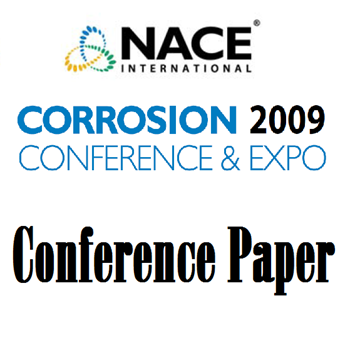Search
09157 Metal Dusting Behavior of New Ni-Base Alloy in a Laboratory Carbonaceous Environment
Also Purchased
09153 Control of Metal Dusting Using Alloy Selection, Coatings and Inhibitors
Product Number:
51300-09153-SG
ISBN:
09153 2009 CP
Publication Date:
2009
$20.00
09150 Applicability of Coatings to Control Metal Dusting
Product Number:
51300-09150-SG
ISBN:
09150 2009 CP
Publication Date:
2009
$20.00
09149 New Surface Protection System against Metal Dusting
Product Number:
51300-09149-SG
ISBN:
09149 2009 CP
Publication Date:
2009
$20.00




